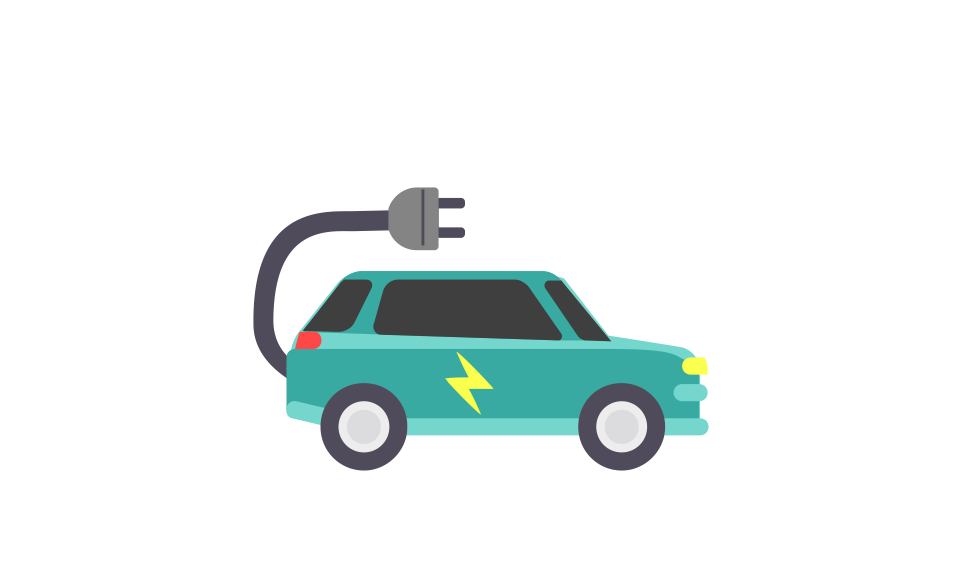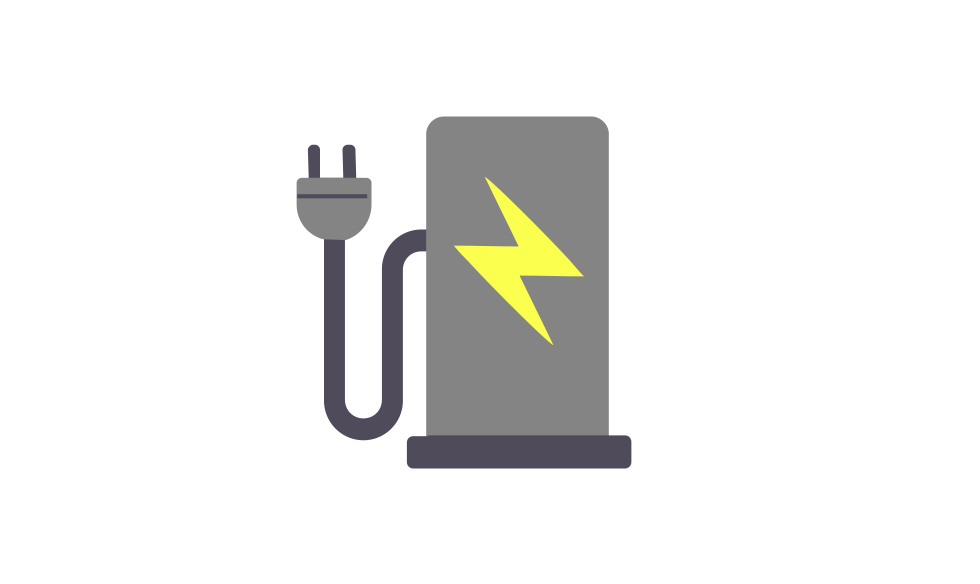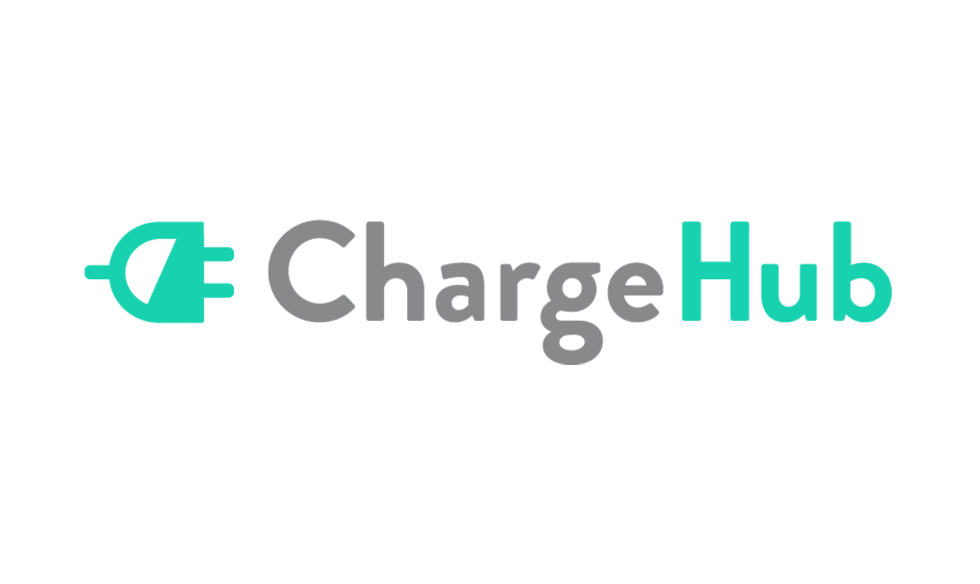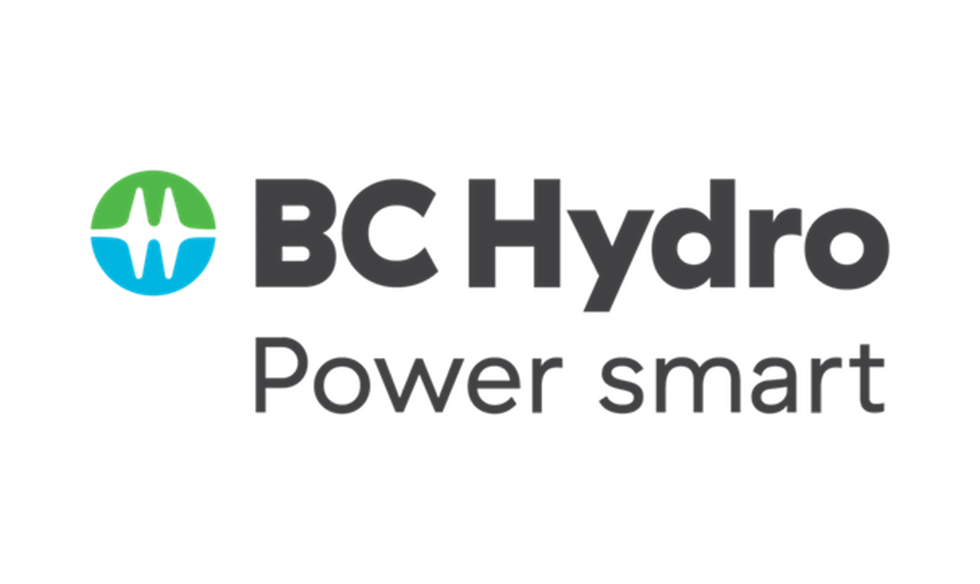Think EVs are Complicated? We Can Help.

What does it cost to own an EV?

Engine options – find the right fit for you

What EVs are on the market?
BCAA supports efforts to improve vehicle fuel efficiency and reduce greenhouse gas emissions.
Electric vehicles (EVs) do both. Available incentives are one of the reasons to consider an EV as your next vehicle. But lower overall operating costs also can help make EVs an affordable, green option.
Industry experts also refer to many electric vehicles as zero-emission vehicles or ZEVs for short. ZEVs never emit exhaust gas from the onboard source of power. And while most electric vehicles do not emit any exhaust, hybrid vehicles are the exception. Hybrids are often looped into the electric vehicle category because they have an electric engine onboard. But hybrids do in fact emit exhaust – though much less exhaust than a standard internal combustion engine. Learn more about the differences.
Fast Facts

5300+ charging stations

450km

10 minute charge
Stay in charge
Some people worry about driving range – how far they can drive an EV before their battery dies. On average, Canadians drive less than 100 kms per day. That’s well within the range of today’s new EVs. Not to mention, most of the charging happens at home. And even if you have to charge on the go, the EV charging network is extensive, and the infrastructure continues to expand. Today, it’s possible to drive in an electric vehicle coast to coast across Canada and there are lots of great road trips available to EV drivers in BC. Currently there are six main networks in British Columbia. Helpful apps and websites make it easy to find charging stations near you.












